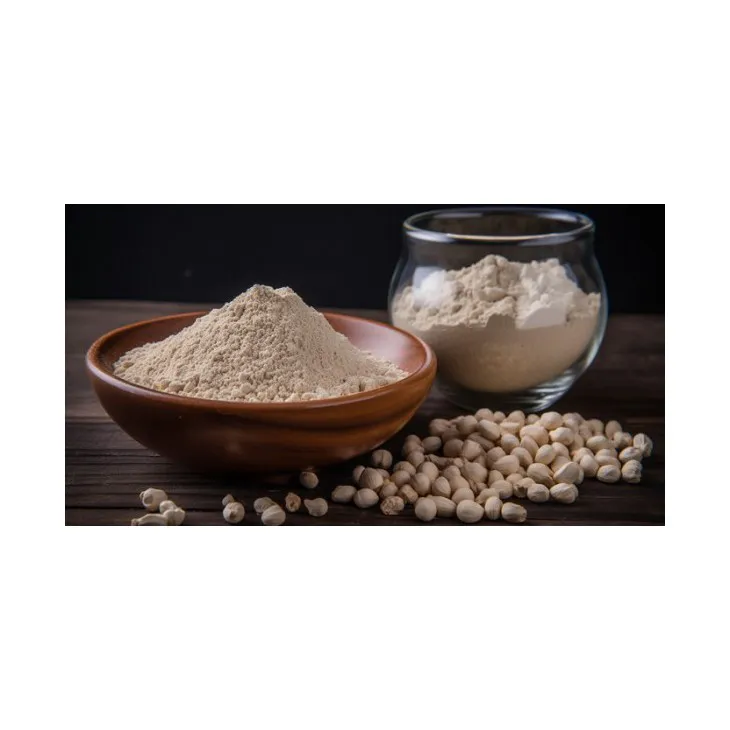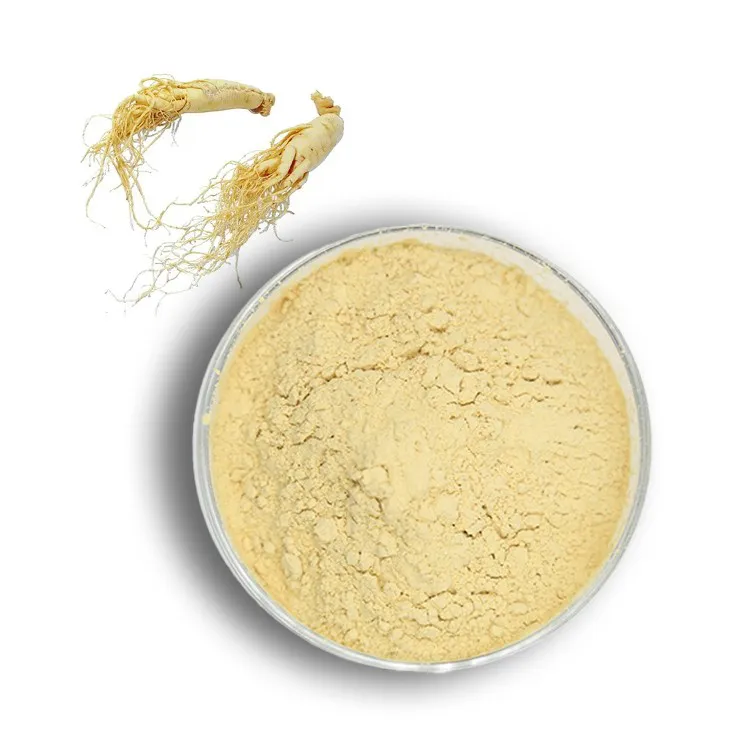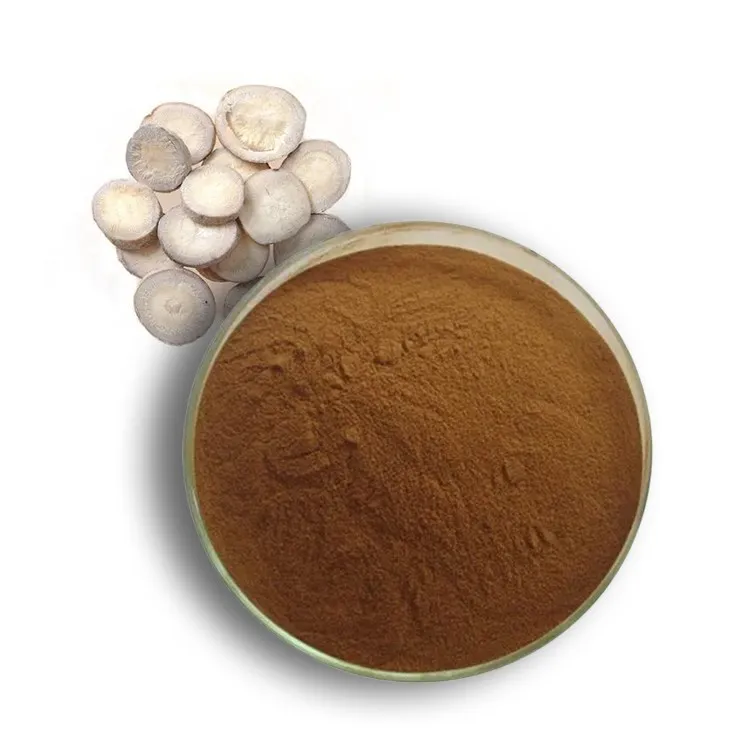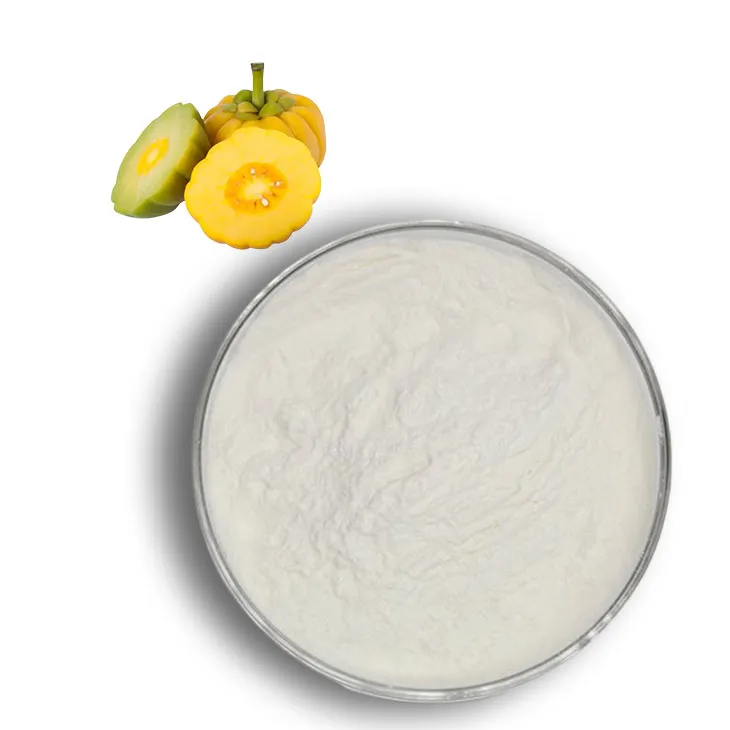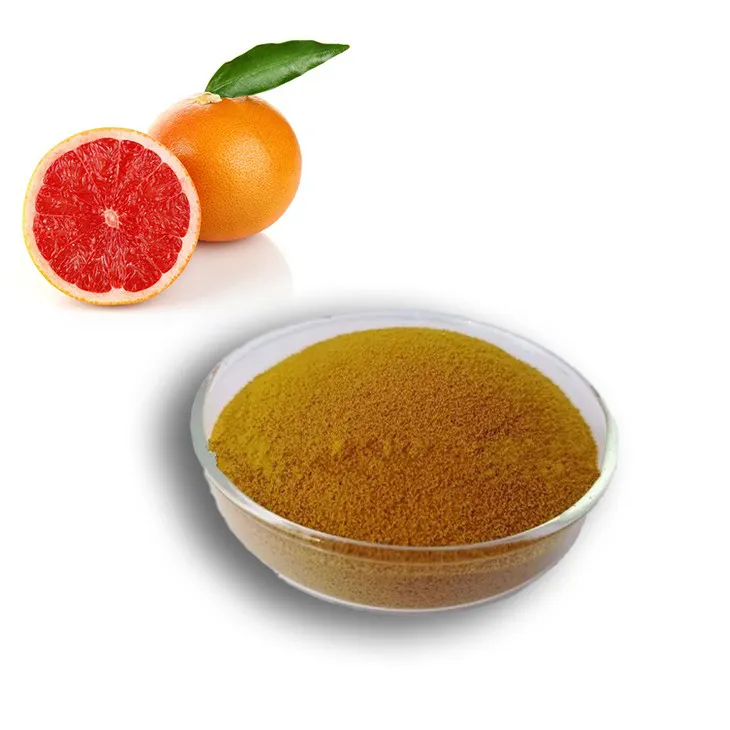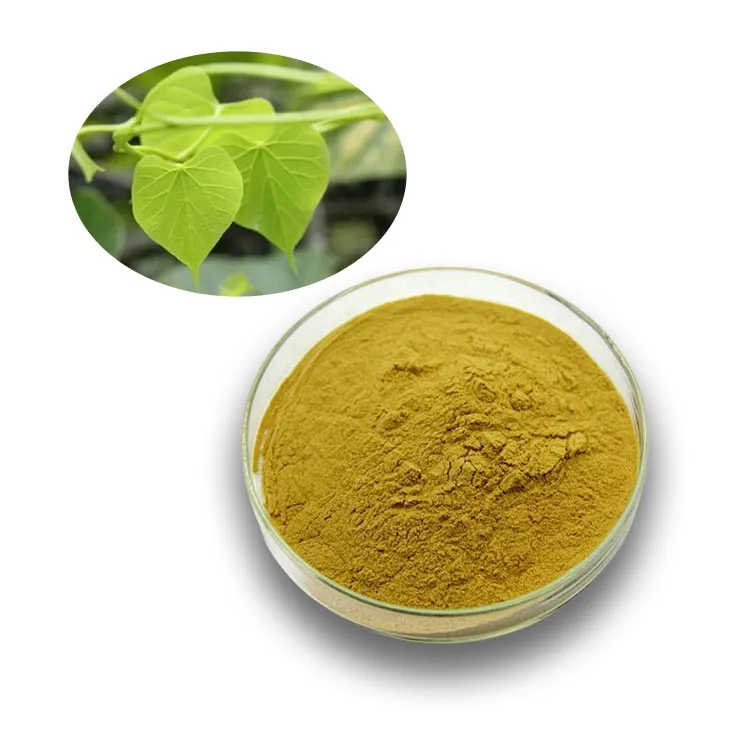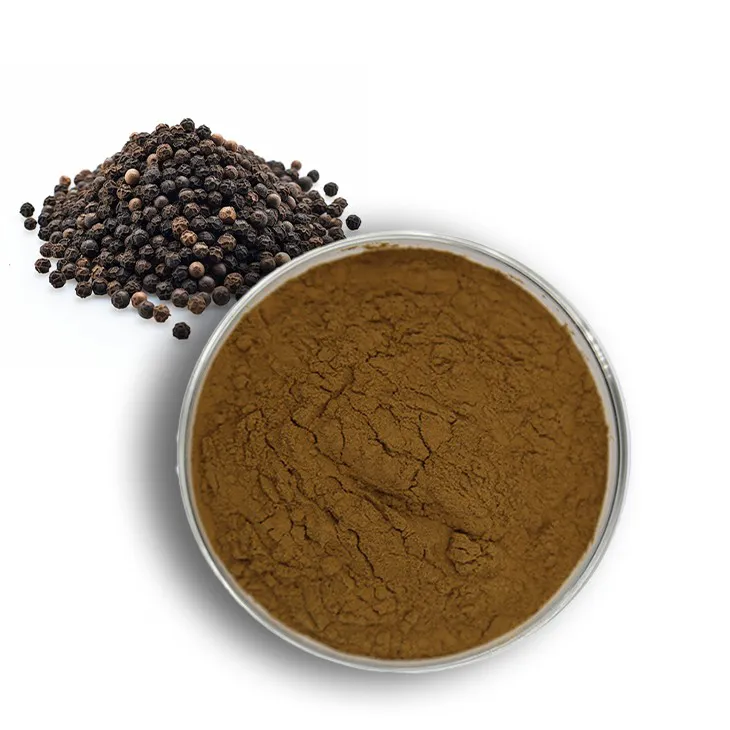- 0086-571-85302990
- sales@greenskybio.com
Boosting Fiber Intake to Combat PFAS: The Latest Findings
2025-05-25
A recent study suggests adding more vegetables to your diet might not only promote general health but also help reduce levels of PFAS in the body. PFAS, often called "forever chemicals," are pervasive in water, soil, food, and air, and have been linked to cancer, high cholesterol, and reproductive issues.
Study Overview
Animal studies have indicated that fiber can lower PFAS concentrations. In the new study, researchers examined blood samples from 72 adult men with high cholesterol levels. These samples were part of a separate clinical trial investigating the effects of a fiber-rich oat beverage on LDL cholesterol. After participants consumed the fiber-rich oat drink for four weeks, their PFAS levels were compared to those who drank a lower-fiber rice milk alternative. Results showed a significant reduction in long-chain PFAS concentrations among those on the high-fiber diet.
How Fiber Might Help Eliminate PFAS
Fiber forms a gel in the gut that can inhibit fat absorption and lower cholesterol. The study suggests that this gel might also bind to PFAS, preventing their absorption, similar to how it works with cholesterol. Dr. Kelly Johnson-Arbor, a medical toxicologist, explained that fiber likely binds PFAS, stopping them from being absorbed into the bloodstream.
Prevalence of 'Forever Chemicals'
PFAS are widespread, with over 98% of Americans likely having some level in their bodies. They are used in various household and commercial products like nonstick cookware and stain-resistant materials. While PFOA and PFOS, two types of PFAS, are no longer used in the U.S., they degrade slowly. However, newer PFAS compounds move through the body more rapidly, yet remain harmful.
Incorporating More Fiber Into Your Diet
While more research is needed to solidify the link between fiber and PFAS elimination, increasing dietary fiber has multiple health benefits, including a reduced risk of diabetes and colorectal cancer. The recommended daily intake is 25 to 30 grams of fiber, though many Americans fall short of this. To minimize gas and bloating, gradually increase fiber intake and maintain good hydration.
Additional Strategies to Reduce PFAS Exposure
Besides adjusting your diet, other methods to limit PFAS exposure include installing water filtration systems and avoiding nonstick cookware. Incorporating these changes could contribute to healthier living and help diminish the impact of PFAS.
- ▶ Hesperidin
- ▶ citrus bioflavonoids
- ▶ plant extract
- ▶ lycopene
- ▶ Diosmin
- ▶ Grape seed extract
- ▶ Sea buckthorn Juice Powder
- ▶ Beetroot powder
- ▶ Hops Extract
- ▶ Artichoke Extract
- ▶ Reishi mushroom extract
- ▶ Astaxanthin
- ▶ Green Tea Extract
- ▶ Curcumin Extract
- ▶ Horse Chestnut Extract
- ▶ Other Problems
- ▶ Boswellia Serrata Extract
- ▶ Resveratrol Extract
- ▶ Marigold Extract
- ▶ Grape Leaf Extract
- ▶ blog3
- ▶ Aminolevulinic acid
- ▶ Cranberry Extract
- ▶ Red Yeast Rice
- ▶ Red Wine Extract
-
Mulberry Extract
2025-05-25
-
Coix Seed Extract
2025-05-25
-
Ginseng Root Extract
2025-05-25
-
Lily extract
2025-05-25
-
White Peony Extract
2025-05-25
-
Sea buckthorn Juice Powder
2025-05-25
-
Garcinia Cambogia Extract
2025-05-25
-
Grapefruit Seed Extract Powder
2025-05-25
-
Tinospora cordifolia extract
2025-05-25
-
Black Pepper Extract
2025-05-25












